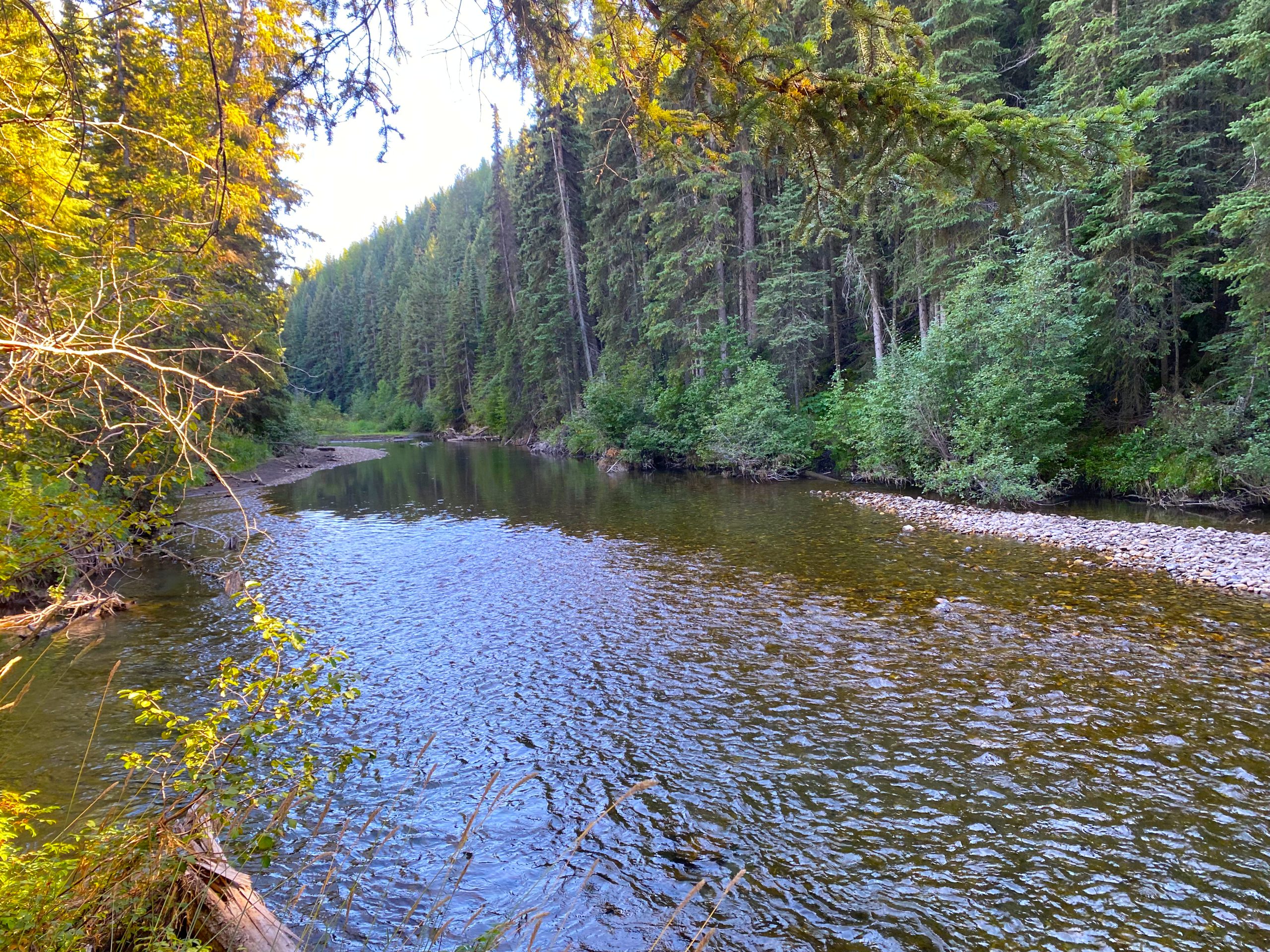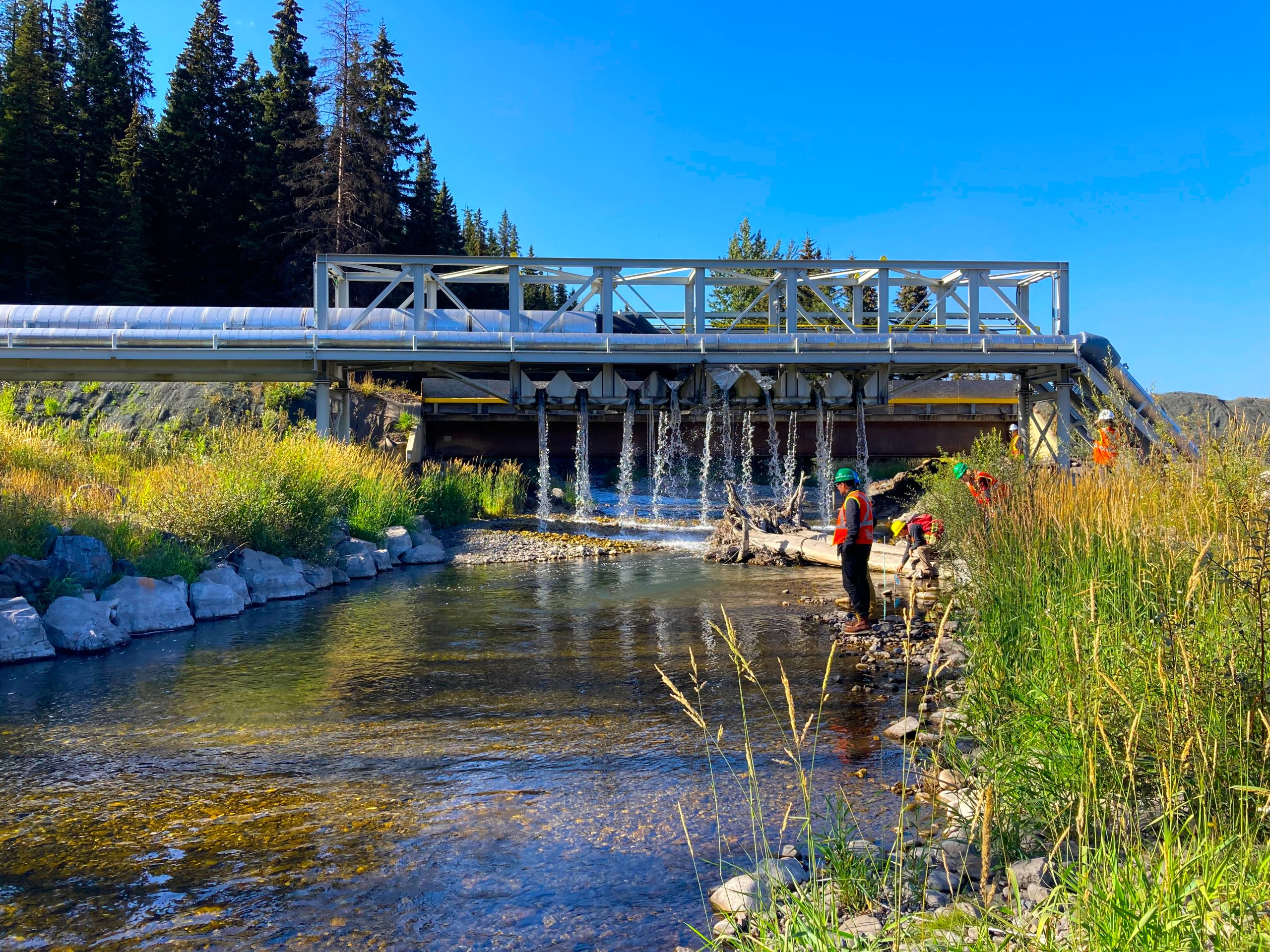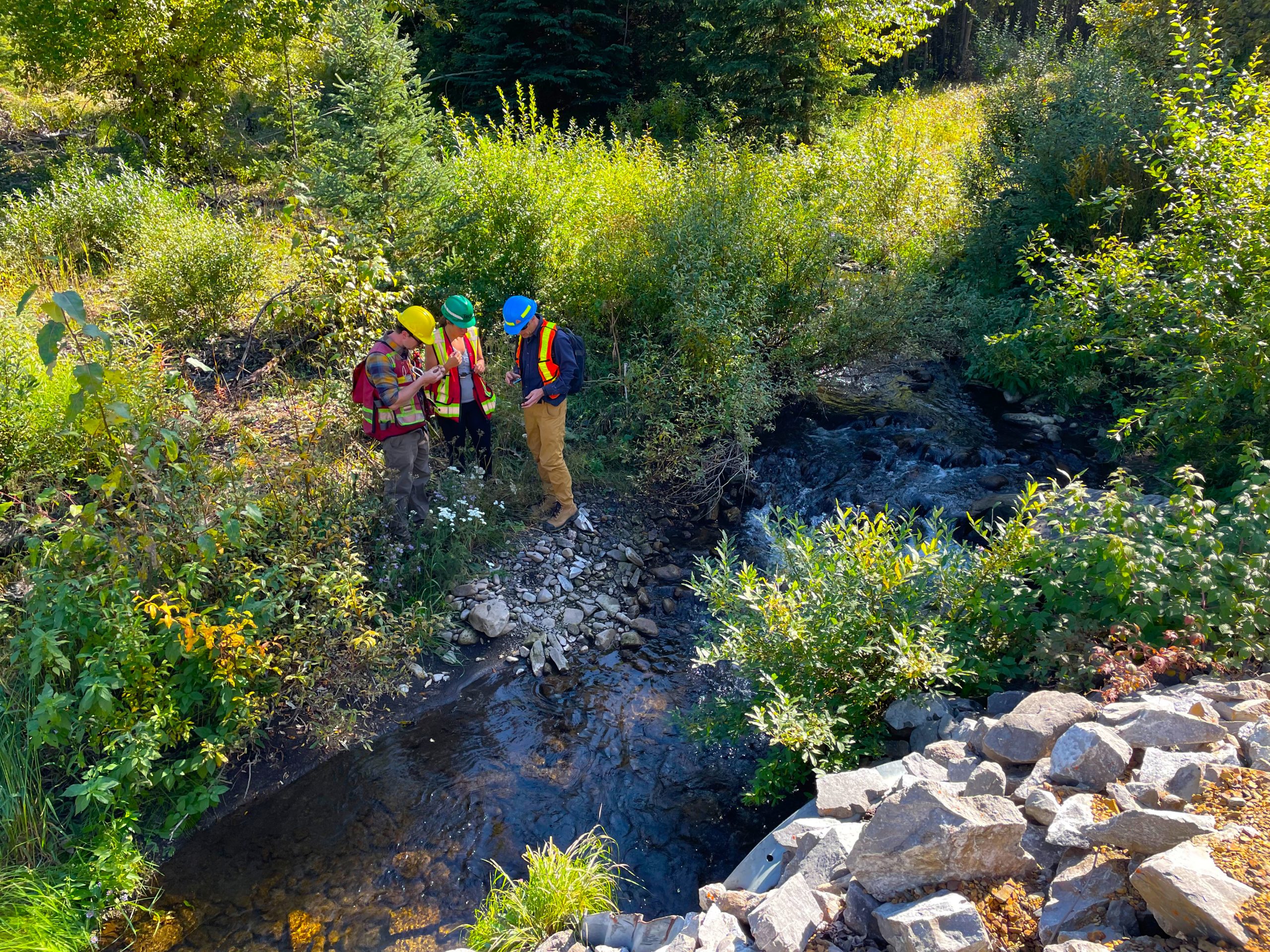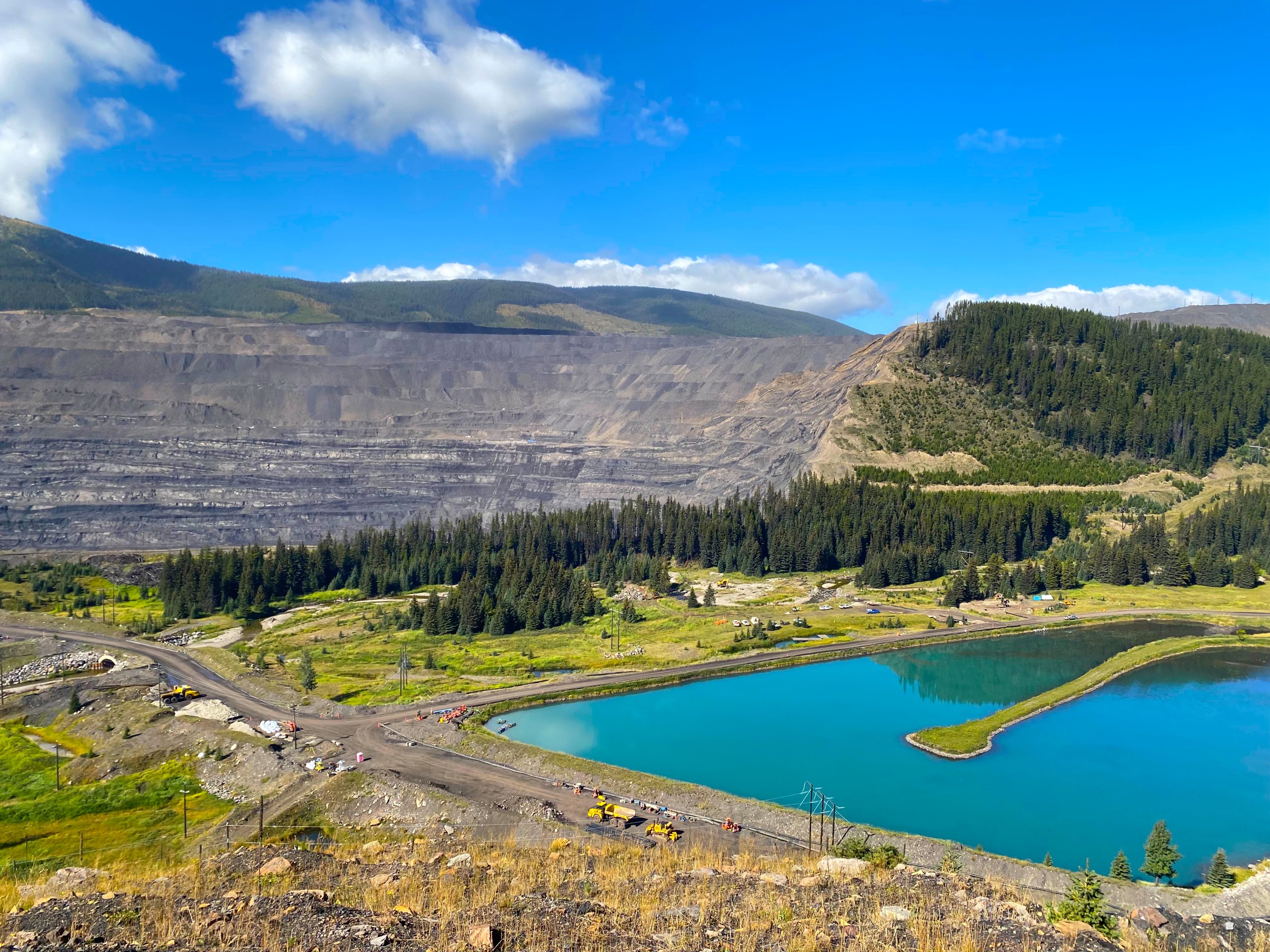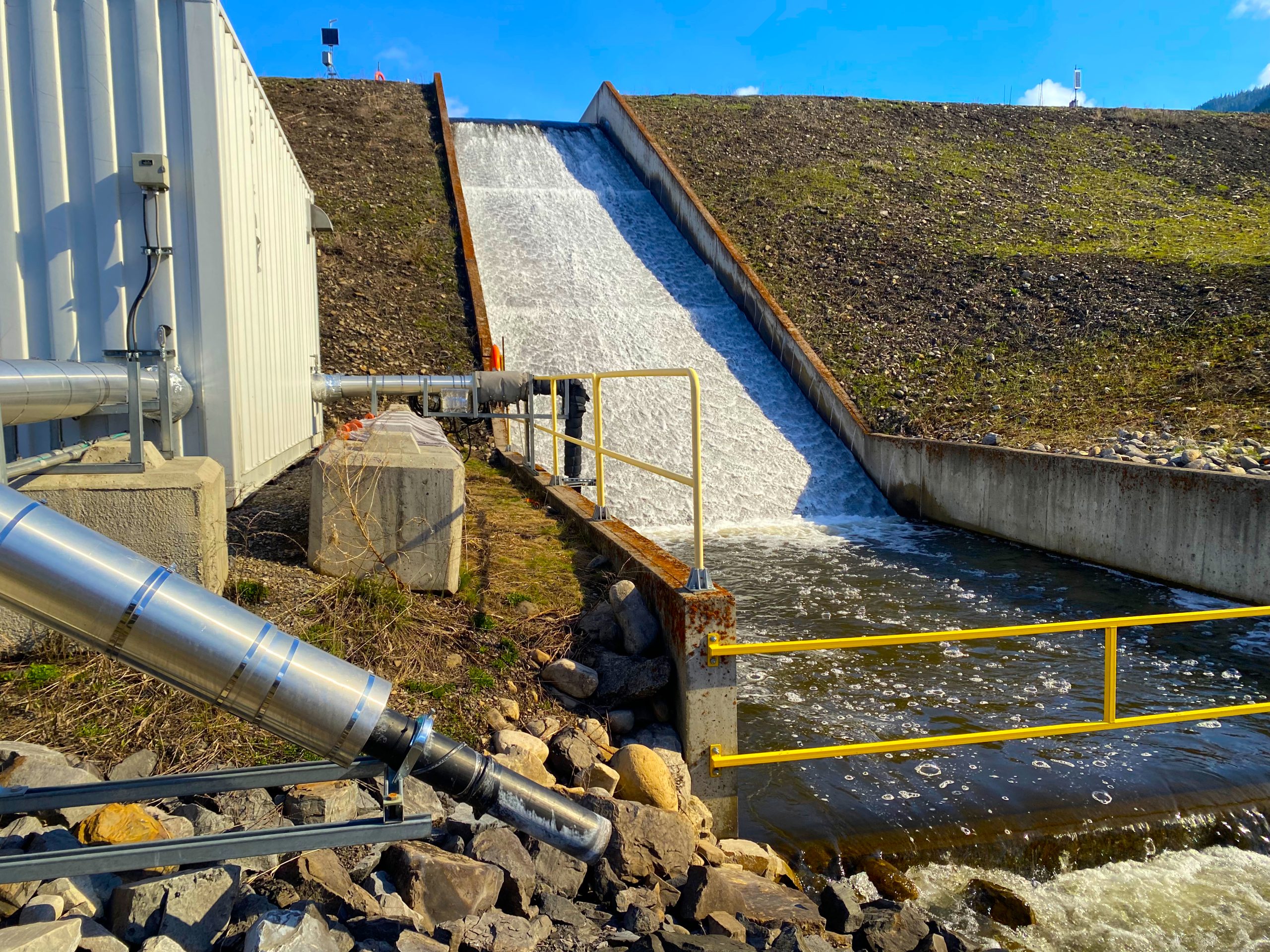On this page
Summary of water quality at select Order Stations
Average Monthly Selenium Concentration (ug/L)
| Order Station | Limit | October | November | December |
|---|---|---|---|---|
| Fording River Downstream of Greenhills Creek | 63 | 51 | 53 | 54 |
| Elk River Upstream of Grave Creek | 23 | 15 | 14 | 17 |
| Elk River Downstream of Michel Creek | 19 | 12 | 12 | 13 |
| Koocanusa Reservoir Downstream of the Elk River | 2 | 1.3 | 1.3 | 1.8 |
Average Monthly Nitrate Concentration (mg/L)
| Order Station | Limit | October | November | December |
|---|---|---|---|---|
| Fording River Downstream of Greenhills Creek | 14 | 13 | 13 | 13 |
| Elk River Upstream of Grave Creek | 4 | 3.3 | 3.3 | 3.8 |
| Elk River Downstream of Michel Creek | 3 | 2.4 | 2.4 | 2.4 |
| Koocanusa Reservoir Downstream of the Elk River | 3 | 0.21 | 0.20 | 0.33 |
Average Monthly Sulphate Concentration (mg/L)
| Order Station | Limit | October | November | December |
|---|---|---|---|---|
| Fording River Downstream of Greenhills Creek | 429 | 233 | 255 | 249 |
| Elk River Upstream of Grave Creek | 429 | 86 | 93 | 106 |
| Elk River Downstream of Michel Creek | 429 | 93 | 101 | 105 |
| Koocanusa Reservoir Downstream of the Elk River | 308 | 29 | 32 | 39 |
Notes:
- Cells highlighted yellow denote where the concentration exceeds the limit. Non-highlighted cells do not exceed the limit.
- Sites in the table represent a range of conditions in the Elk Valley from the Fording River downstream to the Elk River and finally Koocanusa Reservoir. Click the site name to view the entire datasets for these sites back to 2014 or visit the Water Quality Data Dashboard to view data from additional sites.
Highlights
October through December in the Elk River and its tributaries is a period of lower and declining flow with occasional higher flows resulting from rainfall.
- When flows are lower, water quality is usually poorer. Dilution from rainfall runoff is minimal and streamflow becomes more influenced by mining activities.
- Koocanusa Reservoir follows a similar seasonal trend. Water quality in the reservoir is also heavily influenced by the flow and quality of the Kootenay River as the other main water source for the reservoir. Operations at Libby Dam in the United States further affect water levels and flows in the reservoir.
The water quality results from October – December 2022 followed the expected seasonal pattern.
- Reductions in flow over the fall caused rising concentrations of substances, but levels remained below water quality limits at all Order Stations.
- Concentrations of selenium and nitrate in the Fording River were lower than were measured in Q4 2021, despite streamflow being similar. This suggests the amount of selenium and nitrate discharged to the river declined from the same months in 2021. The decline is likely a result of selenium and nitrate removal at the Fording River Operations South Active Water Treatment Facility, which began operations on July 1, 2022.
Visit the Water Quality Dashboard for current and historical water quality data at all Compliance Points, Order Stations and Trend Sites.
The potential for impacts resulting from water quality conditions are carefully monitored. Results of the monitoring programs are summarized each year in the Aquatic Ecosystem Health Annual Update.


